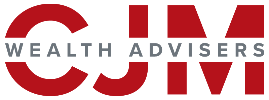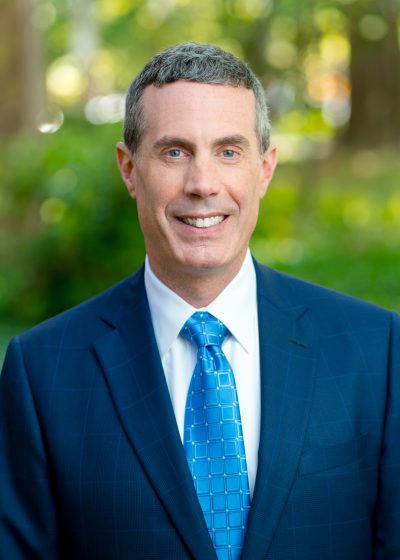For those still actively working full time, funding your employer retirement plan every year is the foundation of any long-term plan to retire from the workforce. Setting aside dollars today into a tax deferred account (401(k), 403(b), TSP, etc.) helps to grow one’s nest egg for tomorrow when you are no longer working full time. Clients frequently ask how they could save more into these plans, since there are limits, and one great solution is the ‘Mega’ Back Door Roth.
Let’s take a step back and review how this works. All retirement plans have a maximum annual contribution amount. In 2023, the maximum annual employee contribution to 401(k)s, 403(b)s, and the TSP is $22,500. If you are over 50, there is an additional “Catch-up” contribution of $7,500. The IRS has announced the 2024 contribution limit will increase to $23,000, but the catch-up contribution will remain at $7,500.
There is another number to be aware of in 2023 — the maximum that can be contributed to a 401(k) plan by both the employee and employer is $66,000 (or $73,500 if you are at least 50 years old).
So, if you are a high income earner and have maxed out your annual employee contribution ($22,500/ $30,000 in 2023), what should you do next?
Enter the “Mega” Back Door Roth.
The “Mega” Back Door Roth allows you to contribute above and beyond the $22,500/$30,000 to your employer retirement plan.
In order for this strategy to work, you must meet certain criteria:
- Have earned income to contribute and enough disposable income to make after-tax contributions
- Your employer plan allows you to make those after-tax contributions
- The plan must allow periodic in-service distributions or Roth conversions of your after-tax money and any earnings
Roth accounts are a better “deal” for taxpayers in retirement compared to a traditional account for a few reasons. Traditional accounts require an annual distribution beginning at age 73 (age 75 beginning in 2033). This distribution is taxed at ordinary income tax rates, whereas Roth distributions are federal tax free.
Let’s look at how this strategy has worked for our clients using the case studies below.
Case study
Client (age 42) works for a large IT company. The company 401(k) plan allows after-tax contributions and periodic in-plan Roth conversions. In 2023, she contributes $22,500 as her base employee contribution to her company’s 401(k) plan. Her company matches 5% of her $400,000 annual salary to the plan totaling $20,000.
Employee pre-tax contribution $22,500
Employer contribution $20,000
Total 2023 contribution $42,500
On top of the contributions above, she contributes an additional $23,500 in after-tax contributions to the 401(k) plan to reach the maximum of $66,000. She immediately does an in-plan Roth conversion of these dollars (if done immediately, there should be no additional income tax liability on the $23,500 as there won’t be any earnings). These dollars are now in a Roth 401(k) meaning that they will grow tax deferred and distributions in retirement will be federal tax free.
As you can see from the example above, this employee is making maximum use of their employer retirement plan by a) maxing out their annual employee contributions b) maxing out the employer annual matching contribution and c) deferring additional after-tax contributions inside her 401(k) plan and immediately converting these additional contributions to Roth for retirement.
Age 50+ case study
In the example above if the client were age 50 (instead of 42) her contributions would look like this in 2023:
Employee pre-tax contribution $22,500
Employee age 50+ “Catch-up contribution” $7,500
Employer contribution $20,000
Total 2023 contribution $50,000
In this example, the employee would also make an after-tax contribution of $23,500 (after which the employee does an in-plan conversion of the after-tax dollars to a Roth 401(k) as the IRS allows up to $73,500 including the age 50+ catch-up.
Whew. The tax code, qualified retirement savings rules plus upcoming changes as part of the SECURE 2.0 Act make this quite a complicated tax strategy. But leveraging after-tax contributions inside your employer retirement plan has significant benefits over the long term if done properly.
Note that everyone’s situation and plan is different. You should work with your planner and tax preparer to implement the strategies above. If you have questions about maximizing your retirement savings or any additional options available to you to make more of your hard earned dollars tax-free in retirement, please contact us today.



Social Media